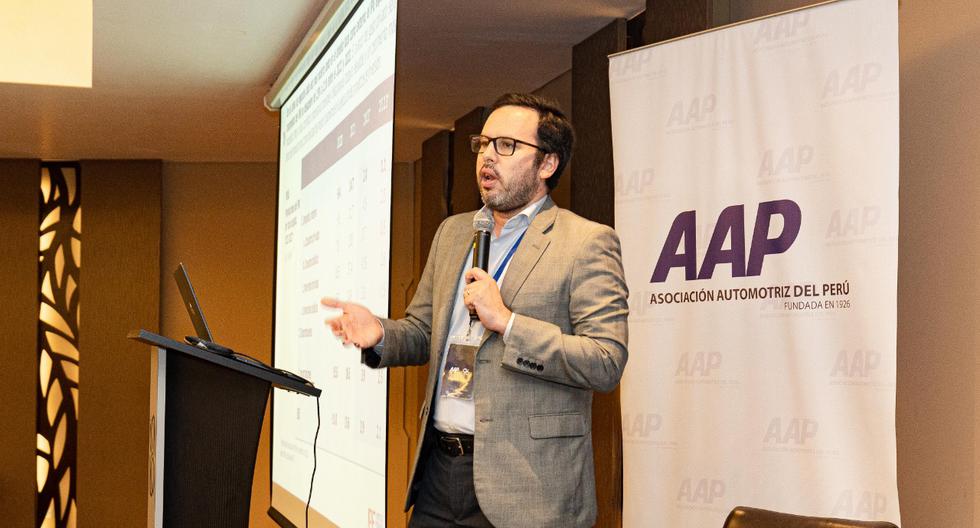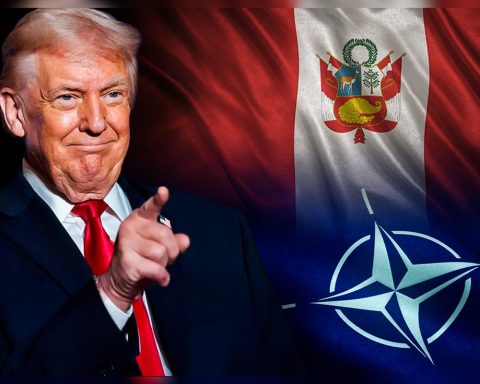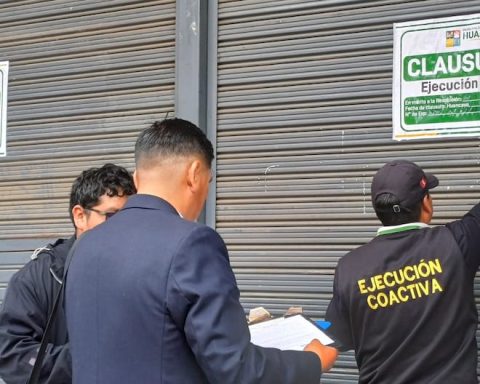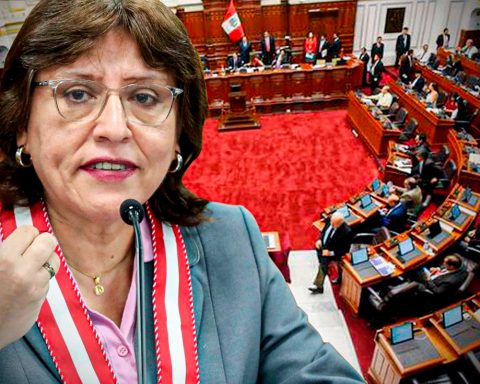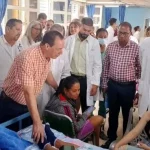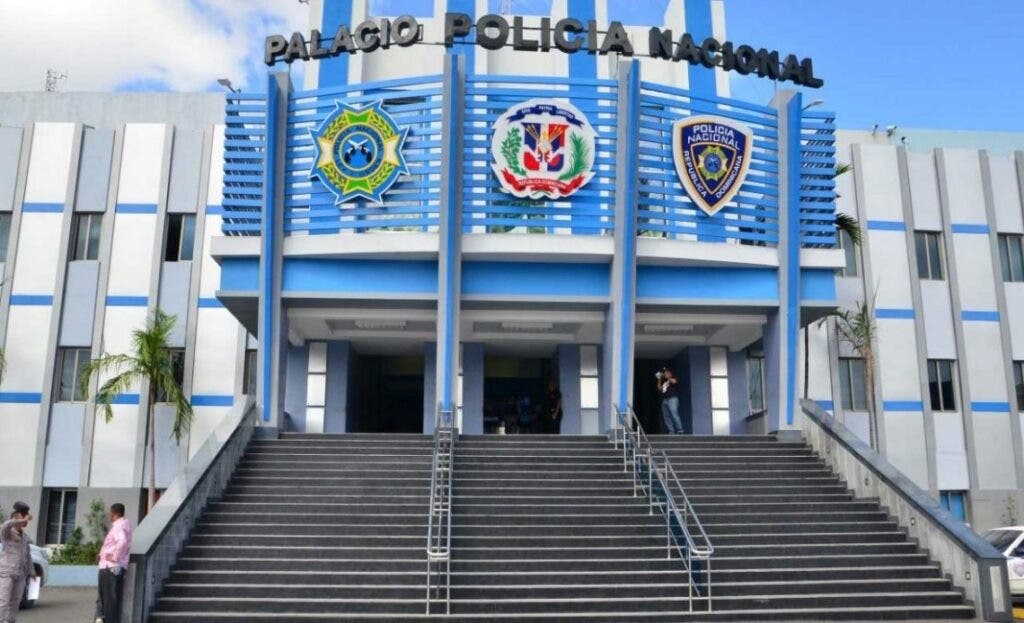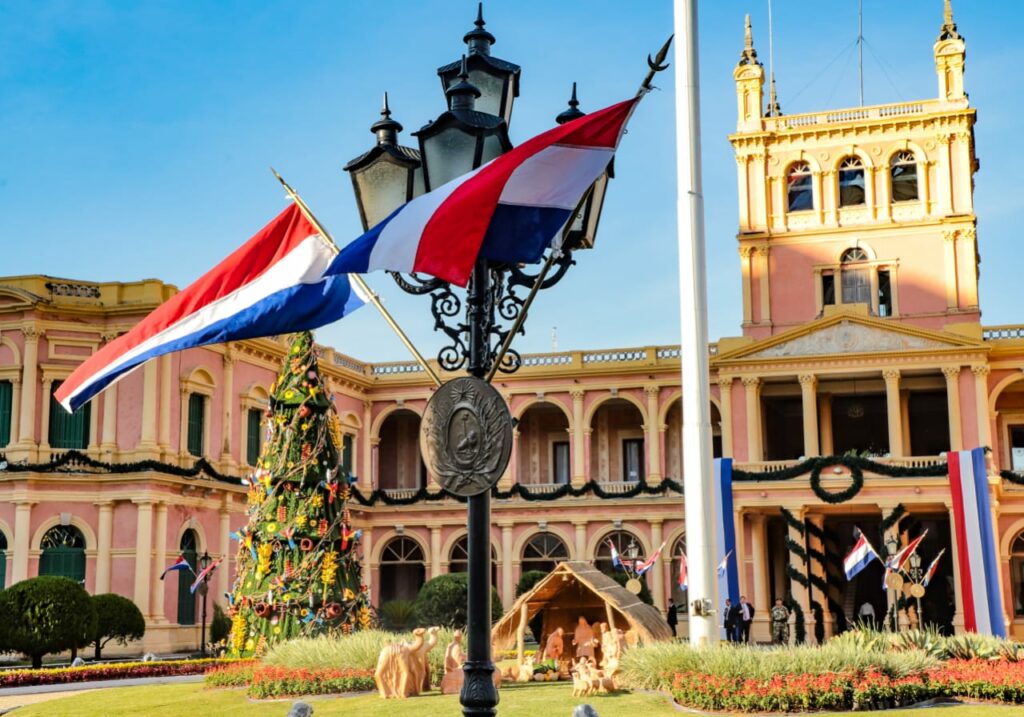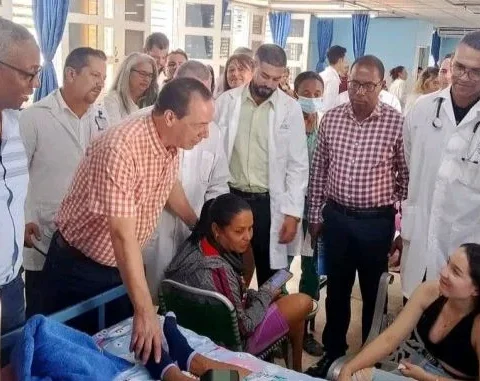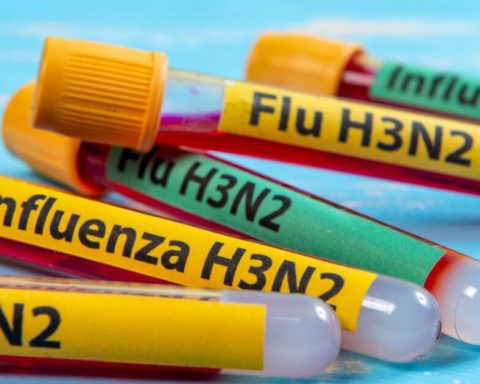“In an increasingly uncertain business climate, as a consequence of political and social instability, both locally and abroad, we expect GDP growth to slow from 2.9% to 2.1% between 2022 and 2023.″, said Diego Maceda, General Manager of the Peruvian Institute of Economy – IPEduring the academic day of the Automotive Meeting organized for the 96th years of institutional life of the Automotive Association of Peru (AAP). Immediately afterwards, he stressed that the Peruvian economy ends 2022 with a significant slowdown in the sectors linked to internal demand.
Along the same lines, Maceda highlighted that the contribution of non-primary activities to GDP growth in the third quarter of 2022 has been reduced by almost half of what was achieved in the first half of the year. “The climate of persistent uncertainty (political and social) has been affecting the sectors linked to investment, while the items linked to consumption reflect the effects of higher inflation on households”.
During the academic day, the General Manager of the IPE pointed out that the end of 2022 is characterized by the lower dynamism of private investment, which registered its first fall of the year in the third quarter of 2022. This result, he added, is mainly reflected for the completion of Quellaveco operations. “This has been partially offset by the contribution of non-mining investment; In addition, private investment as a percentage of GDP shows stagnation around 20.7%, well below what was achieved in other episodes of high mineral prices.”, he added.
SIGHT: Social conflicts stop investments estimated at S/64.4 million per day
For the economist, the advance of private spending in the country -in the coming months- will be moderate due to low business confidence, still high inflationary pressures and a slower growth of formal employment as a result of less dynamism in the execution of projects of investment.
On the other hand, the specialist considered that the recovery of working conditions has stagnated for the vast majority of workers in the last 12 months. A conclusion that he reached when analyzing figures released until last September. A situation that has led to the national underemployment rate in urban areas standing at 6.4 percentage points below the 2019 level. In addition, he remarked, the slow recovery of nominal wages has worsened with high levels of inflation, meaning a loss of purchasing power of 220 soles per month – in real terms – with respect to the pandemic.
Finally, Maceda pointed out that despite the fact that annual inflation in metropolitan Lima increased slightly, from 8.28% to 8.45% last November, inflation expectations show first signs of stabilization, as the price increase slows down.
